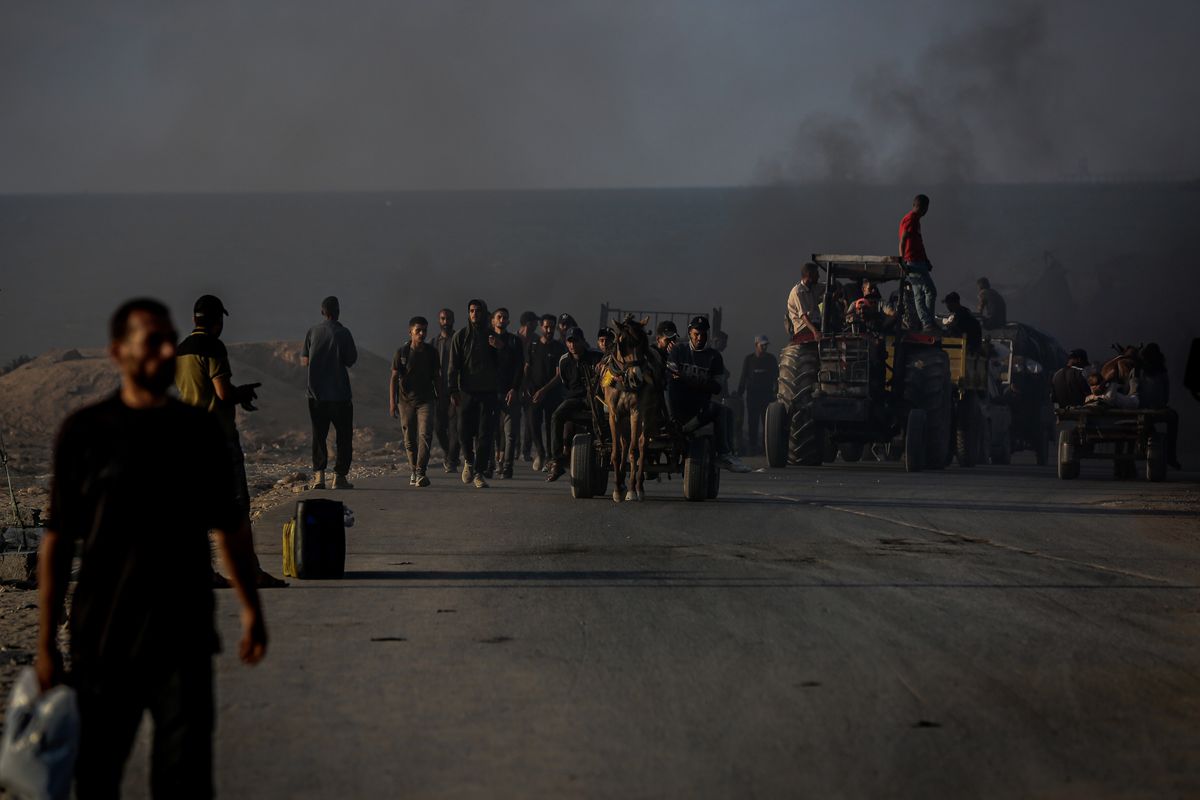EXPERT PERSPECTIVE — In numerous Track 2 discussions between former U.S. government officials, academics and their Chinese counterparts, the 2003-2009 Six-Party Talks process is cited by the Chinese participants as a model for resolving the nuclear issue with North Korea.
Here’s some of the background about why China should again play a leading role in getting North Korea to agree to complete and verifiable denuclearization, despite Kim Jung Un’s stated goal of building even more nuclear weapons.
China hosted, and Foreign Minister Wang Yi was the first chairperson, for the Six-Party Talks negotiations with North Korea, that included the U.S., South Korea, North Korea, China, Japan, and Russia. After two years of working group meetings and plenary sessions, on September 19, 2005, at the fourth plenary session, a Joint Statement was signed that stated, inter alia, “the six parties unanimously reaffirmed that the goal of the Six-Party Talks is the verifiable denuclearization of the Korean Peninsula in a peaceful manner and the DPRK (North Korea) committed to abandoning all nuclear weapons and existing nuclear programs and returning, at an early date, to the Treaty on the Nonproliferation of Nuclear Weapons and IAEA safeguards.”
“The U.S. affirmed it has no nuclear weapons on the Korean Peninsula and has no intention to attack or invade the DPRK with nuclear or conventional weapons… and the Six Parties undertook to promote economic cooperation in the fields of energy, trade and investment, bilaterally and/or multilaterally.” And “the Six Parties agreed to take coordinated steps to implement the aforementioned consensus in a phased manner in line with the principle of ‘commitment for commitment, action for action’.”
Despite this Joint Statement, in July 2006, North Korea launched ballistic missiles and on October 9, 2006, North Korea conducted its first nuclear test, all ostensibly because the U.S. sanctioned a Macao Bank that held North Korean money, Banco Delta Asia (BDA), citing a primary money laundering concern pursuant to section 311 of the Patriot Act. When North Korea eventually had access to the $25 million that BDA initially froze, in February 2007, North Korea agreed to shut down and seal, for eventual abandonment, their Yongbyon nuclear facility.
In July 2007, International Atomic Energy Agency (IAEA) inspectors arrived and confirmed the shutdown of the five nuclear facilities in Yongbyon, applying seals and other surveillance and monitoring equipment.
Cipher Brief Subscriber+Members enjoy unlimited access to Cipher Brief content, including analysis with experts, private virtual briefings with experts, the M-F Open Source Report and the weekly Dead Drop - an insider look at the latest gossip in the national security space. It pays to be a Subscriber+Member. Upgrade your access today.
This all ended abruptly when on April 16, 2009, all IAEA inspectors were told to leave North Korea. North Korea made this decision when the IAEA inspectors had asked to visit non-declared suspect nuclear sites in North Korea, a routine request that North Korea should have approved, if they had nothing to hide. But apparently, they did have something to hide: their Highly Enriched Uranium sites for nuclear weapons.
That was the end of the Six-Party Talks after six years of negotiations and some progress, with a comprehensive Joint Statement committing North Korea to abandon all nuclear weapons and existing nuclear programs, and progress with the dismantling of the Yongbyon nuclear complex, to include the public destruction of its 60-foot cooling tower.
We all know what followed: North Korea’s five additional nuclear tests and the incessant launching of short-range, intermediate range and intercontinental ballistic missiles (ICBM), in addition to cruise, hypersonic and submarine-launched ballistic missiles. In 2023, North Korea launched three ICBMs, the latest on July 12th, was a successful launch of a Hwasong-18 solid fuel ICBM with a range of 15,000 kilometers (9,320 miles). A seventh nuclear test could be imminent.
Are you a thought leader in national or cybersecurity? Apply now to attend The Cipher Brief’s 2023 Threat Conference October 7-10, Sea Island, GA
At an August 9, 2023, Central Military Commission meeting, Chairman Kim Jung Un announced the removal of General Pak Su il, the Chief of General Staff of the Korean People’s Army, after seven months in the job. He was replaced by General Ri Yong Gil, who formerly served as the Chief of General Staff. In an official Korean Central News Agency (KCNA) announcement, Kim ordered the military to step up war preparations “in an offensive way”, while discussing plans against its (unnamed) enemy.
The September 19, 2005, Joint Statement’s first sentence states that: “For the cause of peace and stability on the Korean Peninsula and in Northeast Asia at large, the Six Parties held, in the spirit of mutual respect and equality, serious and practical talks concerning the denuclearization of the Korean Peninsula….”
This would be an appropriate time for China to seek U.S. support to reconstitute the Six-Party Talks.
China did this in 2003, at the request of the U.S., and they can do this in 2023, taking the initiative to ensure that intentional or accidental war doesn’t erupt on the Korean Peninsula.
Indeed, China is North Korea’s only ally and relies on China for its economic survival. Getting North Korea to return to these talks, while halting all missile launches, nuclear tests and the production of fissile materials for nuclear weapons would be a significant contribution to lowering tension on the Korean Peninsula. It would also demonstrate to the international community that the U.S. and China can and will collaborate on issues for the common good.
This column by Cipher Brief Expert Ambassador Joe DeTrani was first published in The Washington Times
The Cipher Brief is committed to publishing a range of perspectives on national security issues submitted by deeply experienced national security professionals.
Opinions and Expert Perspectives expressed are those of the author and do not represent the views or opinions of The Cipher Brief.
Have a perspective to share based on your experience in the national security field? Send it to Editor@thecipherbrief.com for publication consideration.
Read more expert-driven national security insights, perspective and analysis in The Cipher Brief.













